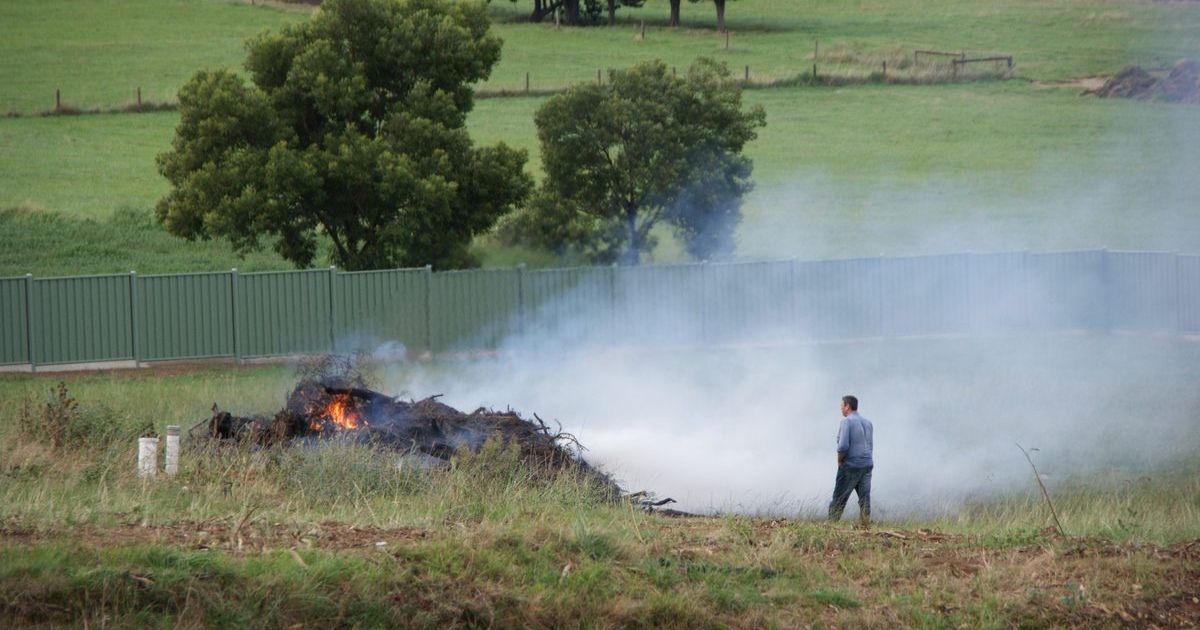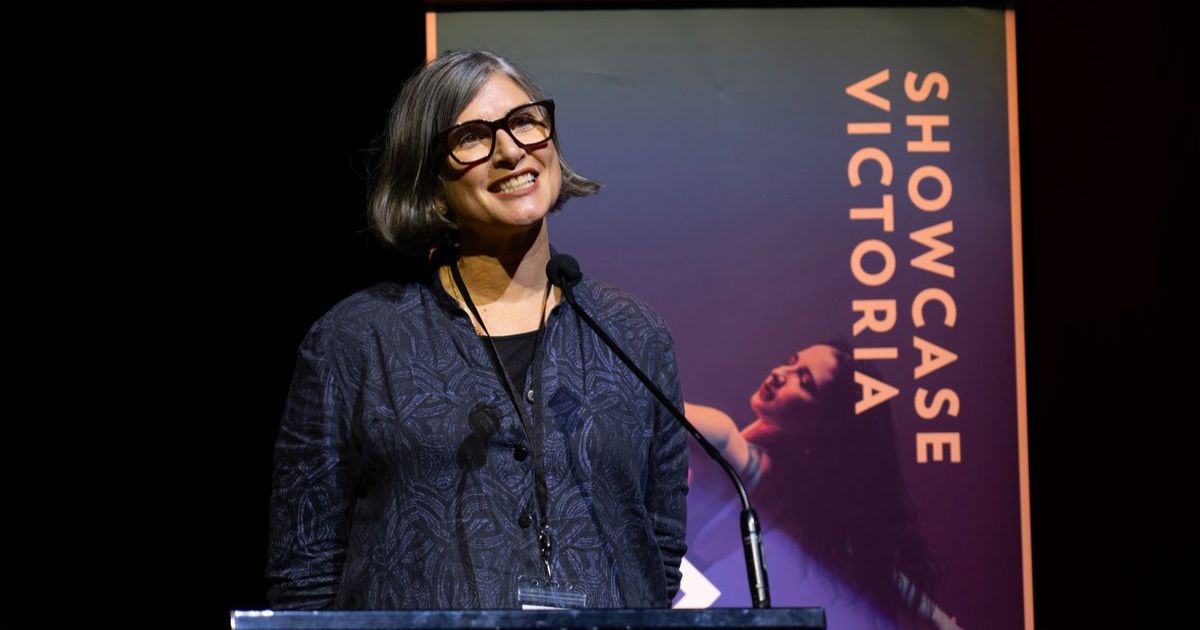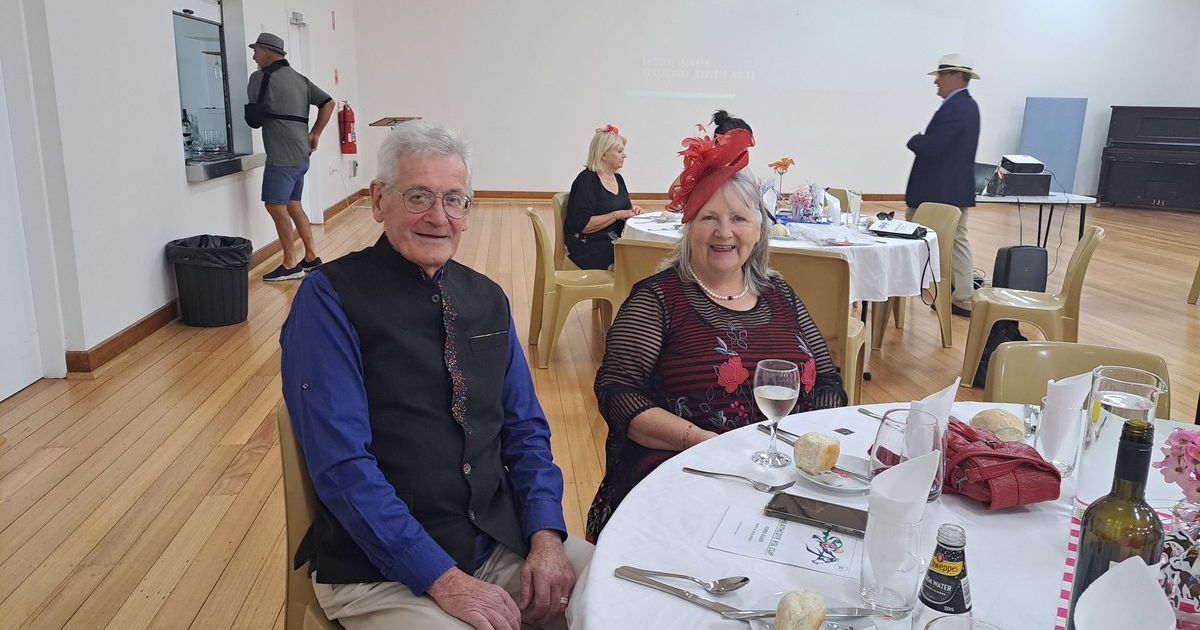Wowsers versus wine: The booze battle for Heathcote

Heartstrings: 1870s temperance marketing material featuring a child celebrating his father’s sobriety. Photo: STATE LIBRARY OF VICTORIA
FOR many people modern-day Heathcote is synonymous with wine.
Viticulture is central to the region’s economy and prosperity, with cellar doors attracting tourists and award-winning drops gracing tables around the country.
But while the modern Heathcote wine industry dates from the 1980s, its roots lie in the 19th century.
However, the twin challenges faced by those early pioneers, phylloxera and the temperance movement, led to a long hiatus in production.
The phylloxera mite, which devastated wine production on a global scale, was initially detected in Australia in Geelong in 1877.
It reached Heathcote by 1896 and was first seen in McIvor Times proprietor George Robinson’s local Mayfield vineyard.
His vines were subsequently destroyed, as were many others in the area with wine production almost disappearing for decades.
At the same time anti-alcohol campaigners were gaining ground.
In 1853 the local population had swelled from a few hundred to tens of thousands in search of gold on the rich McIvor diggings.
Countless sly-grog shops sprung up to quench the miners’ prodigious thirsts.
The sale of alcohol was banned on the Victorian goldfields until 1854, however the illegal trade continued for decades after a licensing system was introduced.
Unlicensed proprietors regularly fronted the Heathcote Police Court, but most appear to have considered the fines they were given as a necessary cost in running what was obviously a highly profitable business.
Magistrates were also accused of dismissing cases which seemed open and shut.
A McIvor Times court report in September 1865 appeared to support these allegations.
“Police v O’Dwyer: Mrs. O’Dwyer was charged with keeping a disorderly house, and permitting drunkenness in a place where provisions and refreshments are sold, Mr Millett appeared for defendant,” the report said.
“The charge was fully proved by the evidence of two constables and a respectable tradesman, who lives in the immediate neighborhood [sic] of the nuisance.
“The Bench said that the police had not proved that defendant is keeping a refreshment house, and instantly dismissed the case.”
Breweries and vineyards also multiplied as the town became established, however this sat alongside a puritanical segment of the populace who abhorred alcohol in any form.
Followers of non-conformist protestant religions, such as Methodism, were a sizable and vocal minority.
Their social values included adhering to a temperate lifestyle and they actively tried to convert others to their way of thinking.
The consumption of alcohol was demonised as an inevitable downward slide into drunkenness and penury, and as an essentially anti-Christian activity.
While the McIvor Times was prepared to report on temperance societies, it took a cynical view of their likely success.
When a Mr Archibald from Caledonia Gully lectured on temperance at the United Methodist Free Church in November 1865, the editor could not resist a wry dig.
“Should he induce many to spurn the cup we are almost afraid that his converts will experience a slight difficulty in doing justice to the pledge, in consequence of the scarcity of water,” the editor wrote.
The Blue Ribbon Army and the Heathcote Temperance Union emerged during the following decades, with the Rechabite Lodge eventually becoming the main group by the 1900s.
Builder James Crowle was one of the districts most prominent temperance advocates and took leading roles in the different organisations over time.
He owned the Federal Hall at 61 High Street which was home to the Rechabite Lodge.

When he died in 1905, he left an estate worth £4609 which was tied up in a series of trusts and caveats.
Ultimately half his wealth went to his daughter Evangeline, while his son, James Sykes Crowle, received a much smaller amount.
During the first five years following Crowle senior’s death, both his offspring received income, rather than capital, from the estate.
But there was an added sting in the legacy for James Sykes whose lifestyle apparently went against his father’s deeply held beliefs.
Crowle junior would only receive the whole income “unless and until he shall be found drinking in any public house.”
The executors were directed to “pay the sum of two pounds and ten shillings out of (this) said income to my said daughter Evangeline Code and two pounds ten shillings to the Treasurer … of the Heathcote Hospital for every separate occasion when my said son shall be found drinking.”
After James Crowle’s death, other local abstinence advocates continued the cause.
A report from the 1914 Heathcote Show listed a ratio of two temperance tents to one publican’s booth, and the local Rechabites celebrated their diamond jubilee in 1929, followed by their 70th anniversary in 1939, although they finally petered out during the Second World War.


















